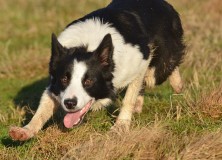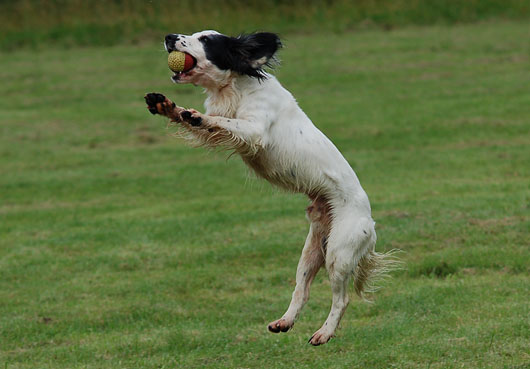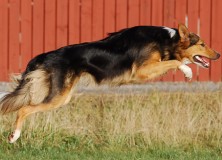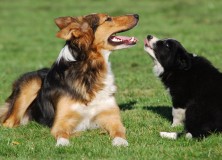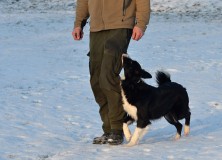
Heeling – Where’s the Value?
I taught the last weekend of four in the south of Sweden this weekend. It’s been a very nice experience, with great students that have a lot of fun together. The theme for the weekend was training for trials, so there was a lot of working on sequences and trial-like situations. We did also have time to work on details, and most chose to work on the heelwork. A common problem is that the dog choses the wrong position while heeling – walking ahead of the handler or drifting out to the side (dogs that hang to far back is usually just not motivaded enough). It’s common, and can also be hard to fix after it has become a habit. We did make a lot of progress this weekend though.
The first question we need to ask when the dog is not walking where we want him to is WHY? Why is the dog finding value somewhere else than where we want him to be? Our training is almost always the answer to why there is a conflict between where we wish the dog was and where he wants to be. It can either be an effect of us reinforcing behaviors that are incompatible with a good position – like teaching the dog that heeling is about watching our eyes. It can also be that we place the reward somewhere where we don’t want the dog to be. We might allow the dog to walk out of position to meet the reward coming from our right hand, or that we bring the reward to the dog (in a position we don’t want) instead of having him come to the reward (where we want him to be).
What you reward
It is of course important to reward when the dog is exactly where you want him. We often get annoyed when the dog does something we don’t like, but we keep rewarding it. How is the dog supposed to understand that we don’t want him there if we reward it? If the dog has found a position that we don’t like, we need to find a way to get him where we want him, so that we can reward that. You might have to start with the dog just standing in the right place, or place the dog on a platform next to you. You can also let the dog start behind you and then click and reward quickly when he is in the right spot – before he gets the chance to pass you and walk to far ahead. Re-training the behavior walking backwards can also be a great way to get a new start. Or maybe just reinforcing the correct position when you’re out on a walk.
Where you reward
Training a great heel is so much easier, and the result gets so much better, if the dog feels that the reward comes exactly where you want him. Placing the treat on the seam of your pant can be a good point for you to remember when training. I prefer to let the treat come from behind if the dog has a tendency to walk to far ahead. I usually keep a few treats in my right hand and then take one at a time with my left hand behind my back when I want to reward.
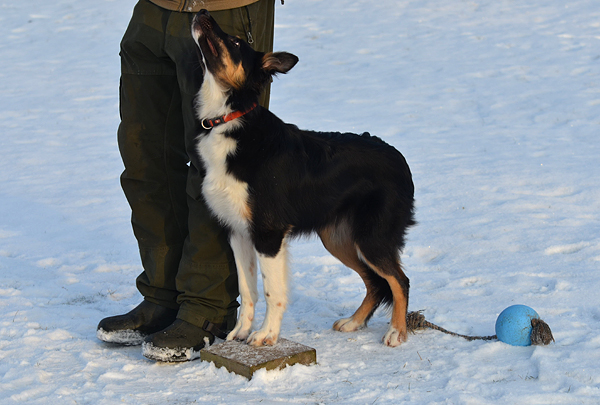
I used to reward in the opposite direction from where the dog had a tendency to go. Today, I’m more into rewarding exactly where I want the dog, but have some criteria for what the dog should do to get his reward. If I reward just by my leg, I won’t let the dog swing his rear end out when he is eating. I want him to keep his body parallel with me. I train this early, when I teach him rear end awareness with front feet on a platform, and when I start the backwards walking. It’s often a good idea to train your routine for rewarding before you start heeling training.
If the dog is good at ignoring rewards held in my hands, it’s so much easier to get good placement of reward. I don’t want the dog to think about the reward until it materializes in position. I can try to lure the dog out of position with treats in my right hand or behind my back, but the dog will only get them if he keeps a good position (I will then take the reward to the dog). I also want to test my dogs understanding of position by using external rewards like a bowl of food on the ground. I work with the dog very freely (I don’t start from halt and I don’t use a cue) and let the dog find his position by my side when I’m walking in order to get his “get it” cue.



